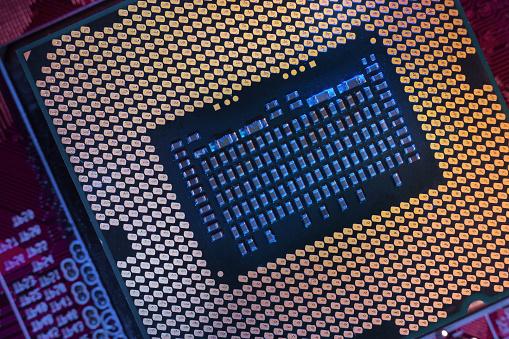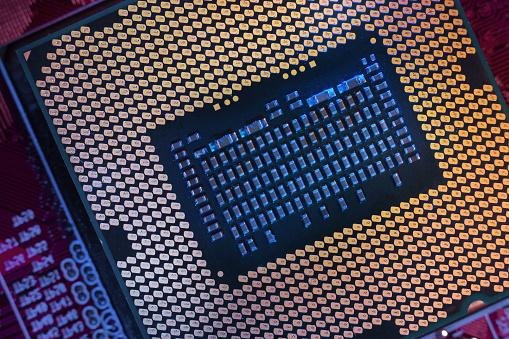Processors are one of the most important parts of electronic devices. The performance of each is determined by several factors, including the number of cores, clock speed, and amount of RAM.
And did you know that in addition to all these mentioned points, the amount of nanometers in a processor is also very importantbecause it directly affects its performance?
But what are these nanometers after all, and how do they actually affect device performance? Although this may seem like a very complex subject, it is important to understand this unit of measure in order to understand how processors work. To follow!
What does processor nanometer (nm) mean?
HE nautical mileor nanometer is a unit of length that represents one billionth of a meter. So it’s equivalent to 10^-9 m.
Regarding processors, nautical mile It is a measurement of the distance between the transistors that make up the chip. In contrast, transistors are electronic components responsible for controlling the energy flow within the processor and, the smaller the distance between them, the greater the processing capacity of the chip.
This is exactly why the nanometer number of the processor is directly related to the performance of the processor. This information is essential for anyone who needs a computer with faster performance, such as professionals working with software that is considered “heavy.”
So, the fewer nanometers the better?
In general, the fewer nanometers a processor has, the better it performs. This is because reducing the size of transistors allows more transistors to be placed on the same chip, which increases processing capacity and lowers energy consumption.
In addition, smaller transistors can change state (on/off) faster, resulting in faster data processing.
However, reducing the size of transistors is no easy task as it requires an increasingly complex and expensive manufacturing process. Likewise, there are physical limitations that prevent transistors from throttling indefinitely.
Currently most advanced processors have a range of nanometers around 7 to 5 nm, while older models may have 14 nm or more. But there are also companies that develop more effective models. Wait for the broadcast, right?
Which processor has the smallest nanometers?
The processor with less nanometers currently on the market, Apple M1 available on devices like MacBook Air, MacBook Pro and Mac Mini. It uses 5 nm technology and is manufactured by TSMC (Taiwan Semiconductor Manufacturing Company).
Therefore, the Apple M1 was praised for its high performance and low power consumption, and was considered a milestone in the evolution of processors.

What does 1 nanometer mean?
As stated earlier, 1 nanometer represents one billionth of a meter (10^-9 m). To give you an idea of how small this value is, the diameter of a human hair is about 100,000 nm.
So a 5 nm transistor is 20,000 times smaller than a hair. This is the scale we are working on when we talk about processors.
After all, what is smaller than a nanometer?
There are units of measurement smaller than a nanometer, such as the picometer (10^-12 m), the femtometer (10^-15 m), and the attometer (10^-18 m). However, in the context of processors, these units of measurement are not yet valid, as the size of transistors is still on the nanometer scale.
It’s important to note, though, that although transistors are extremely small in size, that doesn’t mean they can be simple or easy to manufacture. Processor manufacturing involves a complex process that requires high precision equipment and advanced technical knowledge.

By the way, it’s important to remember this. The number of nanometers in a processor isn’t the only factor that determines its performance.. Other aspects such as chip architecture, number of cores, clock speed and amount of RAM memory are also important and can make a difference to the overall performance of the device.
In summary, the smaller the nanometer number, the better the processor performance. That’s why it’s important that manufacturers continue to invest in the research and development of new technologies to keep processors moving forward.
Would you like to learn more about processors? Therefore, use the opportunity to share the article on your pages on social networks and until next time!
Source: Tec Mundo
I am a passionate and hardworking journalist with an eye for detail. I specialize in the field of news reporting, and have been writing for Gadget Onus, a renowned online news site, since 2019. As the author of their Hot News section, I’m proud to be at the forefront of today’s headlines and current affairs.











